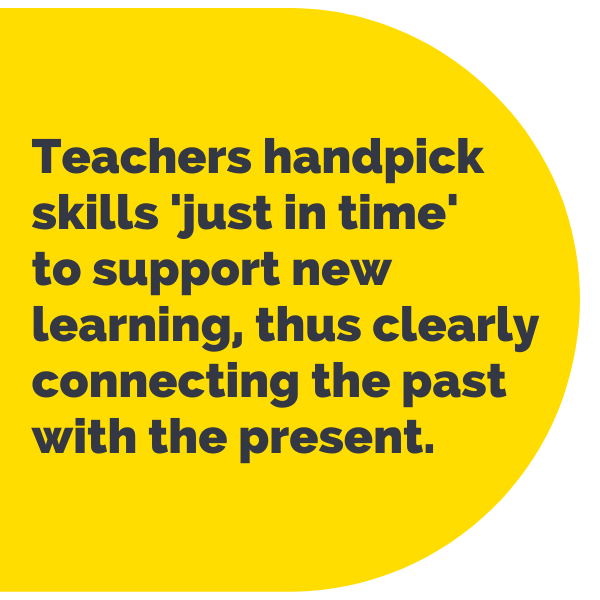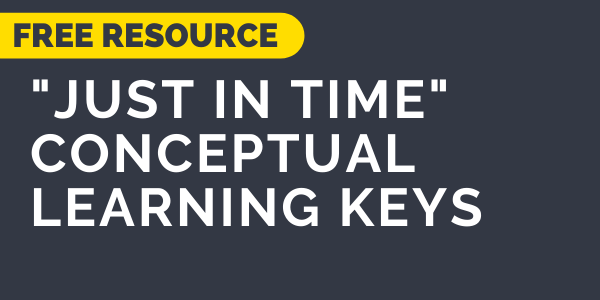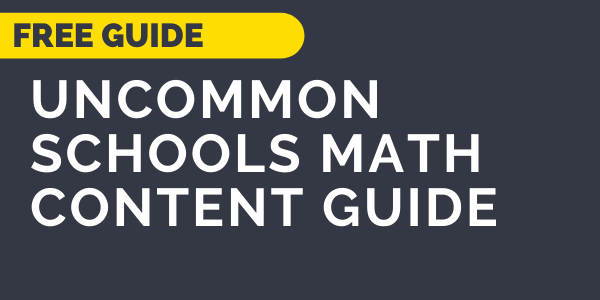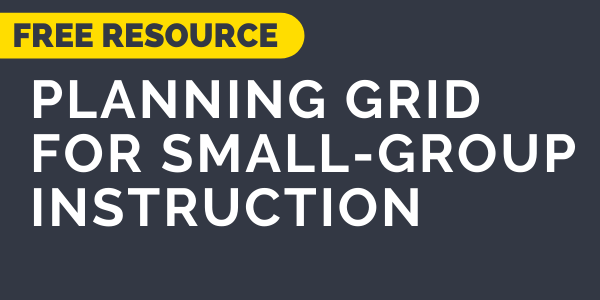Na publicação Uncommon Sense de 30 de junho, Nossos planos para reverter a perda de aprendizado relacionada à COVIDEm nosso relatório sobre o programa de educação em grupo, nomeamos a instrução em pequenos grupos focada na aceleração da aprendizagem dos alunos como um fator-chave para nossa capacidade de eliminar a perda de aprendizagem relacionada à COVID-19 até junho de 2022. Nesta postagem, vamos examinar de perto a sala de aula de Equel Easterling para ver como ele está dando vida a essa aceleração de pequenos grupos com seus alunos.
A Equel é professora de matemática da 5ª série na North Star Academy Clinton Hill Middle School que sabe o que é preciso para ser um professor e aluno bem-sucedido. Os alunos da Equel superaram os alunos sem desvantagem econômica no NJSLA na última avaliação estadual. E, não faz muito tempo, Equel sentou-se nos mesmos assentos que seus alunos sentam, pois se formou na Clinton Hill Middle School da North Star Academy e depois se formou na Morehouse College.
Ao entrar na sala de aula da Equel, você encontra 28 de seus alunos profundamente envolvidos com problemas de histórias de divisão em uma plataforma baseada em computador que responde ao trabalho deles. Essa plataforma fornece andaimes quando necessário e amplia e confirma o aprendizado do aluno quando bem-sucedido. Esses alunos estão envolvidos com conteúdo do mesmo nível da série, em grande parte alinhado com 5.NBT.6 (realizar divisão com números inteiros de vários dígitos).
Equel Easterling implementa o aprendizado "just in time" com seus alunos.
Em uma mesa em forma de U no fundo da sala de aula, a Equel está apoiando quatro alunos que precisam de apoio com 2.OA.1 (resolver problemas com palavras em uma e duas etapas usando adição, subtração e números inteiros). Os alunos estão sendo estimulados em sua capacidade de analisar os conhecimentos e as incógnitas, bem como as ações e os relacionamentos no problema da história. Os alunos aproveitam esse recurso que captura todas as ações e relacionamentos potenciais dentro dos problemas da história à medida que determinam o caminho para uma solução.

A Equel foi estratégica ao selecionar esse padrão de matemática para os alunos trabalharem, pois ele envolve os alunos nas habilidades e conceitos "just in time" que darão suporte ao novo aprendizado no nível da série (nesse caso 5.NF.2-resolução de problemas com palavras envolvendo adição e subtração de frações).
Como Cathy Martin menciona em Acelerando o aprendizado inacabado"Ao abordar entendimentos incompletos no contexto do novo aprendizado de nível de série... os professores selecionam habilidades ou conceitos 'na hora certa' para apoiar o novo aprendizado, conectando assim claramente o passado com o presente."
Se os alunos forem capazes de identificar corretamente os conhecimentos, as incógnitas e as ações ou relações em um problema de história com números inteiros, eles estarão preparados para aplicar seu aprendizado a esses tipos de problemas com frações. Por fim, quando esses quatro alunos se envolverem com 5.NF.2Se o aluno não estiver preparado para o trabalho de fração da 5a série, sua atenção estará voltada para o trabalho de fração da 5a série, pois ele já terá lidado com as nuances da solução de problemas da 2a série.
Preparação para instrução "Just in Time" para grupos pequenos
Aqui estão as etapas que a Equel usa para preparar a instrução de pequenos grupos "just in time" que você pode usar em sua própria sala de aula:
- Reunir dados: O Equel utiliza tíquetes de saída, dados de questionários e dados de avaliação provisória para tomar decisões sobre qual instrução os alunos precisam receber para fazer a transição rápida para o conteúdo do nível da série.
- Conheça os padrões: O Equel usa o escopo e a sequência da 5ª série, e o Guia de conteúdo de matemática das Uncommon Schools para determinar o que ele deve preparar imediatamente para que os alunos comecem a aprender. Além disso, o Equel faz referência aos Padrões Básicos Comuns para as principais habilidades e conceitos que podem estar bem abaixo do nível da série (mais de uma série abaixo).
- Conecte onde seus alunos estão e para onde eles estão indo: Com base em onde a Equel sabe que os alunos devem chegar com o conteúdo da 5ª série, ele analisa os dados para ver quais habilidades "just in time" os alunos ainda não dominaram, mas que precisarão para acessar o conteúdo da 5ª série.
- Crie um plano: Usando uma grade de planejamento como estePara isso, a Equel planeja que esses momentos de instrução em pequenos grupos abordem essas habilidades "just in time" para servir como uma rampa de acesso nos dias e semanas que antecedem o novo conteúdo do nível da série.
Nesse bloco instrucional de 20 a 30 minutos para grupos pequenos, a Equel trabalha com maestria para preparar os alunos para o aprendizado no nível da série. Embora ele retorne ao conteúdo da série anterior, ele o faz apenas para criar um ponto de entrada para o conteúdo da série atual. Isso prepara a bomba para que os alunos se envolvam totalmente com os padrões em seu nível de série, de modo que a perda de aprendizado não se multiplique ao se concentrar apenas no conteúdo abaixo do nível da série. Ao nos concentrarmos na aceleração em vez da remediação, como a Equel fez com tanta maestria, estamos confiantes de que conseguiremos atingir nossa meta de eliminar as lacunas de aprendizagem relacionadas à COVID em um único ano letivo.
Clique abaixo para obter PDFs de todos os recursos mencionados acima:
- Chaves de conceito de aprendizagem just in time
- Guia de conteúdo de matemática das Uncommon Schools
- Grade de planejamento de instrução para grupos pequenos
Posts relacionados:







